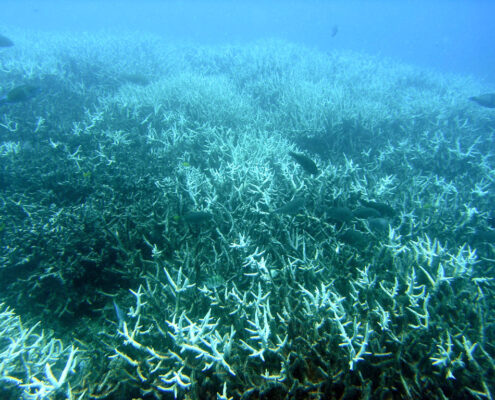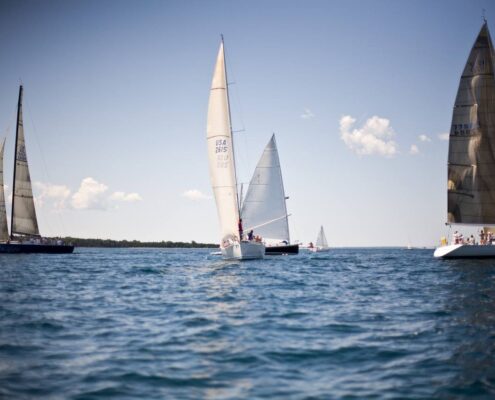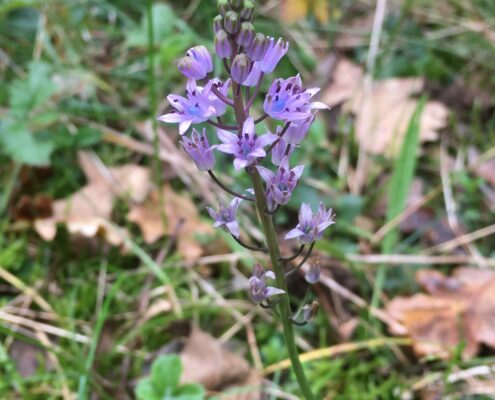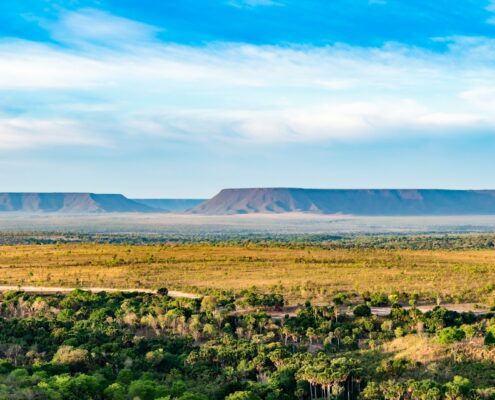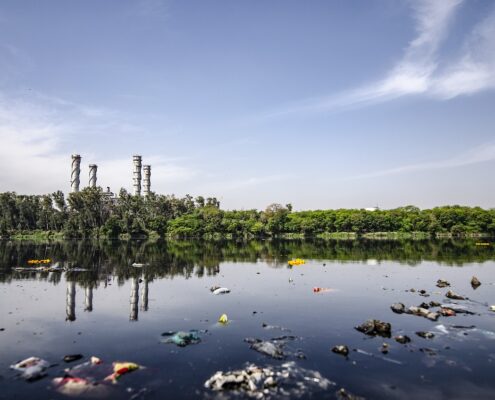 https://greenmarked.it/wp-content/uploads/2024/07/DiegoSaldanhaInstagramfeed-1-scaled.jpg
1714
2560
Barbara Centis
https://greenmarked.it/wp-content/uploads/2022/01/LOGO-GREENMARKED-SITO-600x600.png
Barbara Centis2024-07-26 17:27:232024-07-26 17:29:54The Unbearable Weight of the Fishing Industry
https://greenmarked.it/wp-content/uploads/2024/07/DiegoSaldanhaInstagramfeed-1-scaled.jpg
1714
2560
Barbara Centis
https://greenmarked.it/wp-content/uploads/2022/01/LOGO-GREENMARKED-SITO-600x600.png
Barbara Centis2024-07-26 17:27:232024-07-26 17:29:54The Unbearable Weight of the Fishing IndustrySeptember 18, 2023

On the morning of August 24, 2023, the release of water from the Fukushima Power Plant into the Pacific Ocean officially began.
Although the news did not resonate much in Western countries, all the headlines were shouting: “Is it safe?”. In Asia, the news made much more of an uproar. Numerous protests arose in Japan and neighboring countries such as South Korea and China, which, together with Hong Kong, banned the import of fish from Japan [1].
March 11, 2011 – The Nuclear Disaster
2:46 P.M. – a magnitude 9.0 earthquake hits the Miyagi prefecture in Japan. The safety systems at the Fukushima-Daiichi plant are then activated: the reactors are shut down, nuclear fission is stopped and emergency pumps lower the temperature.
3.36 P.M. – waves 10 to 20 meters high begin to hit the coast of Tōhoku, the region to which Fukushima prefecture belongs. The plant’s tsunami wall is 9 meters high and a 13 m wave rushes over it, flooding the inner perimeter and knocking out the secondary generators of the cooling pumps. The tertiary generators are then activated, batteries that last 6h.
Around 10 P.M. – the batteries have exhausted their life. The secondary diesel generators have not been repaired because the site is still inaccessible due to the damage to the infrastructure throughout the region. The fuel rods begin to heat up. Seawater is then used to cool them quickly [2].
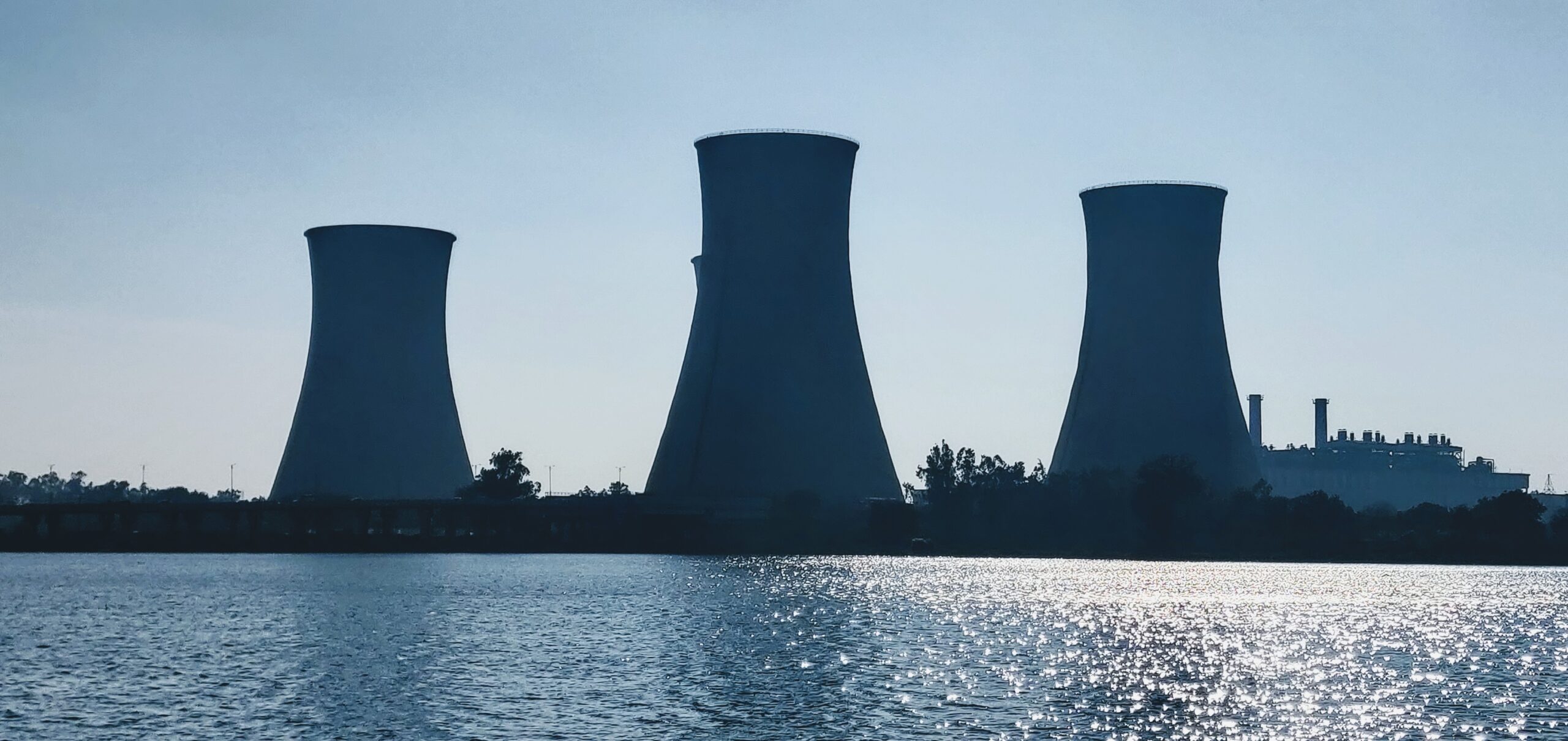
Fig. 1: Nuclear Power Plant. Free source photo by Ajay Pal Singh Atwal on unsplash.com
August 24, 2023 – Is It Safe?
The International Atomic Energy Agency (IAEA) has approved the plan to release Fukushima’s Power Plant cooling water into the Pacific Ocean.
These, after cooling down the temperature of the reactor, rest in special tanks where radioactive nuclei are removed. The only radionuclide that is not removed is tritium (hydrogen with three neutrons) because it is bound to oxygen within the water molecule itself. Here, only 20 g of water contains tritium, out of a total volume of 1.34 million cubic meters, this is the level of dilution [3].
However, the point of view of Greenpeace experts is slightly different from the one of the IAEA. They only recognise the safety of the operation in the short term, worrying about the long-term effects.
When asked by a reporter from the Guardian if it was safe to swim in the Fukushima sea in September at the surf festival, the answer was that ‘the problem was not going for a swim there, but “organically bound tritium – over the years, when it gets into seaweed, shellfish or fish and then consumed by humans over a long period. What does that do to human health? It’s difficult to say.” [4].
This last thought, on the other hand, does not concern Japan only. The Fukushima spill is just an opportunity to shed light on a phenomenon that has already been happening for a while. Nuclear plants in general, including those in China and South Korea, continuously spill diluted radioactive water into the ocean [4]. It would be a good idea to stop using the oceans as a receptacle for everything from solid to liquid waste.
Back to the original question: is what is happening in Fukushima safe? Yes, or at least it is not causing more damage than is already being done, neither to humans nor to the flora and fauna that inhabit Japan’s shores. We will continue to eat sushi, at least in the near future [5].
This article is part of the project “PILLOLE D’ACQUA PIANA: seminari itineranti, blog e podcast per una gestione sostenibile delle risorse idriche in Piana Rotaliana” carried out by ECONTROVERTIA APS and supported by Fondazione Caritro (Prot. no. U445.2023/SG.386 of April 23, 2023).

Related articles:
References:
[1] McCurry, J., & Davidson, H. (2023, August 24). China bans Japanese seafood after Fukushima wastewater release. The Guardian. https://www.theguardian.com/environment/2023/aug/24/japan-begins-releasing-fukushima-wastewater-into-pacific-ocean
[2] Redazione. (2021, October 7). Il disastro di Fukushima, gli eventi dell’11 marzo 2011 e le differenze con Chernobyl. Geopop. https://www.geopop.it/il-disastro-nucleare-di-fukushima/
[3] Gandelli, S. (2023, August 24). Fukushima, iniziato lo sversamento in mare delle acque radioattive: cosa significa e perché non c’è pericolo. Geopop. https://www.geopop.it/fukushima-iniziato-lo-sversamento-delle-acque-radioattive-cosa-significa-e-perche-non-ce-pericolo/
[4] Pidd, H. (2023, August 23). Wednesday briefing: Fukushima nuclear plant is set to flush tonnes of water into the sea – but is it safe? The Guardian. https://www.theguardian.com/world/2023/aug/23/first-edition-fukushima-water-nuclear-power-plant
[5] Chinese, B. K. N. a. B. (2023, August 24). Fukushima: Sushi lovers grab last bites as seafood ban hits Japan. BBC News. https://www.bbc.com/news/world-asia-66603831
Cover image: Sea Wave, Free Licensed Photo by Todd Tuner on unsplash.com
Preview image: Nuclear Power Plant. Free source photo by Ajay Pal Singh Atwal on unsplash.com

